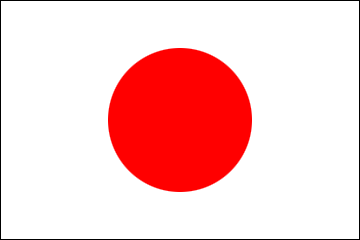Ms. Bianca Dayrit - MEXT Japanese Studies at Kyoto University
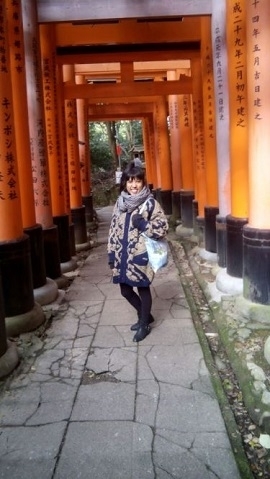 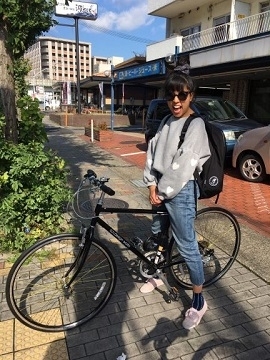  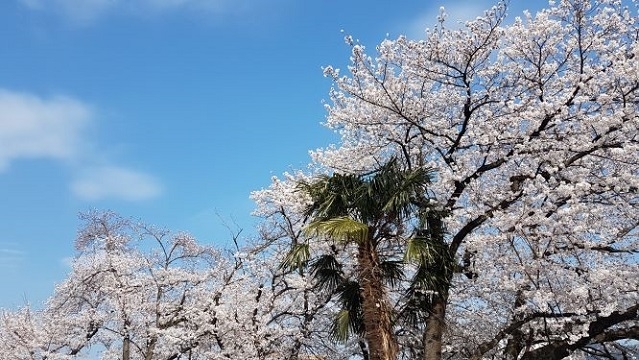 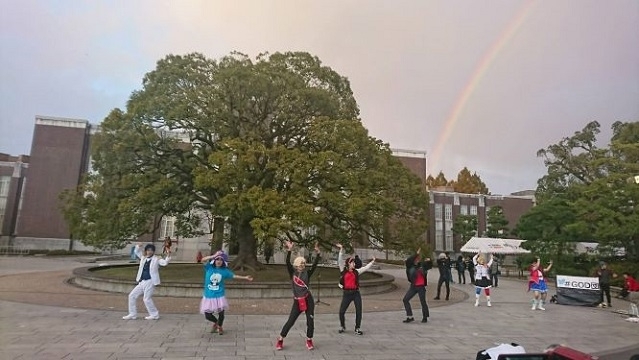 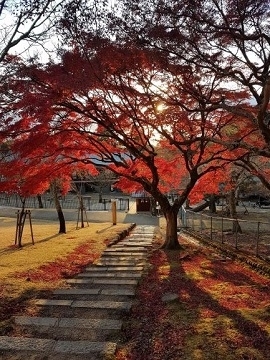 |
I found out about the MEXT Japanese Studies scholarship through a professor at the University of Calgary, who had pointed out that with this program, I could possibly get the right amount of transfer credits to finish my East Asian Languages degree program when I return back to Calgary, as well as supplement my Japanese language studies. The application process consisted of putting together a checklist of documents and submitting them to the Consulate-General of Japan in Calgary. They reviewed my documents and I eventually got an email inviting me to attend the Japanese language examination as well as an interview. Although nervous, the interviewers were extremely gracious and patient, and it helped me a lot to calm down for the exam and interview. After the application, examination and interview process at the Consulate-General of Japan in Calgary, I was accepted by my first choice university (Kyoto University) for the MEXT scholarship program. Although I have studied in Japan before, each time was a different form of education. My first time at Mukogawa Women’s University, my Japanese level was at the bare minimum, knowing just enough to be able to read street signs in hiragana. The second time, was at a private language school (YMCA Gakuin) in Osaka. I started at the intermediate level, and again attended very intensive language courses. Which leads to this time, my arrival in Kyoto through the MEXT Japanese Studies program. The moment we arrived in Kyoto, my classmates and I were thrown into orientations, self-introductions, and the requirement to think of a topic for a research paper. For someone living in Japan for the first time, this may have been very frustrating and difficult. However, this being my third time studying in Japan, I felt quite comfortable transitioning once again from Canada to Japan. In order to be accepted to this program at Kyoto University, it was recommended that you have at least passed the N2 level of the Japanese Language Placement Test. Because of this, I quickly discovered everybody in my program was around the same advanced level of Japanese as I was, and the program was going to be more challenging than the language classes I had attended in my previous studies in Japan. Unlike my previous experiences, which were mostly intensive language classes only targeting Japanese language learning, this time the classes are proving to be a little more demanding. Some of my classes included Academic Reading, The History of Japanese Language, Academic Writing, Thesis Preparation (at the end of the program, we were required to submit an academic research paper), and a few optional lectures, in which we attended with regular Japanese students. Fortunately, every week, we get a little break from our lectures, and have cultural learning field trips, such as attending trials at the prefectural courthouse, an excursion to Nara, and watching traditional theatre such as Noh or Kabuki performances. We even did an overnight trip to Wakayama and stayed in a ryokan (traditional Japanese guesthouse). So not only did we have challenging and fulfilling classes, we got to really immerse ourselves in traditional culture we don’t get to see in our respective home countries. Kyoto University had an abundance of facilities, such as various libraries and study areas which gave us a lot of spaces to study and work on our research papers. The most challenging part of this program at Kyoto University was the requirement to complete a research paper. I am not completely sure about other universities in the MEXT program, but Kyoto University might be one of the only institutions that have this requirement. On top of a lot of required academic courses, we needed to keep up with our research, in which we had presentations every few months with all the people in the program. But along with this challenge, we were split up into three groups under three different professors to assist us with our research. I was lucky to have an amazing professor who was not only extremely helpful, but went the extra mile to help us students in her group. My research consisted of interviews, surveys, and reading various academic papers (in both English and Japanese), which was a brand new experience for me, as I have never written a research paper before, whether in English or Japanese. Because of this, my Japanese was able to reach a graduate academic level, which I find extremely crucial to my language learning. Without this program, I truly believe I wouldn’t have been able to get to this point in understanding the Japanese culture or language. Living in Kyoto was completely different than my past Japanese living experiences in Hyogo and Osaka prefectures. The area that my dormitory was located, was a little bit of a distance from Kyoto University, in which I commuted majority of the time by bicycle, braving the steep, enormous hill to and from school. This dormitory was surrounded by forests and greenery, in which we learned was abundant in wildlife. There were times I’d head to the convenience store in the middle of the night to grab a snack in the middle of writing my research paper, and I’d run into prancing deer, a lone monkey, and sometimes the loud sounds of wild boars (which the neighbourhood bulletin boards warned us about). But the highlight of living in Kyoto was how gorgeous the city got during Autumn with the red and golden leaves, as well as Spring, with the blooming cherry blossoms. I have time and again seen the cherry blossoms in other cities, but they were never as beautiful as the trees in Kyoto. Despite being extremely cold in the winter, and horrendously hot in the summer, it was no doubt the most beautiful city I have ever lived in. There were 18 of us in the MEXT Japanese Studies program at Kyoto University, and all of us lived in the same dormitory, so we all eventually got very close with not only each other in the program, but the other international students in our dormitory from other programs. Our program was extremely diverse, the 18 of us coming from 13 different countries. It was incredible to see us all come from different places, but all have the Japanese language in common. The differences in cultures working towards a common goal and having similar aspirations made a huge impact on my understanding of different cultures and the world. Because the MEXT Japanese Studies scholarship is a well-known, prestigious scholarship, which allows you to study at a Japanese university completely funded, the program is undeniably more challenging than other programs I have attended. However, it has been absolutely an extremely significant experience in my post secondary studies, and it has required me to step out of my comfort zone and confront a 100% brand new experience in my university career.
Being back in Calgary was a challenging but comforting transition. Thanks to the Consulate-General of Japan in Calgary, I have had the opportunity to attend invite-only events and meet previous MEXT scholarship Alumni and create and discover connections in which could help me with my career and future. |
